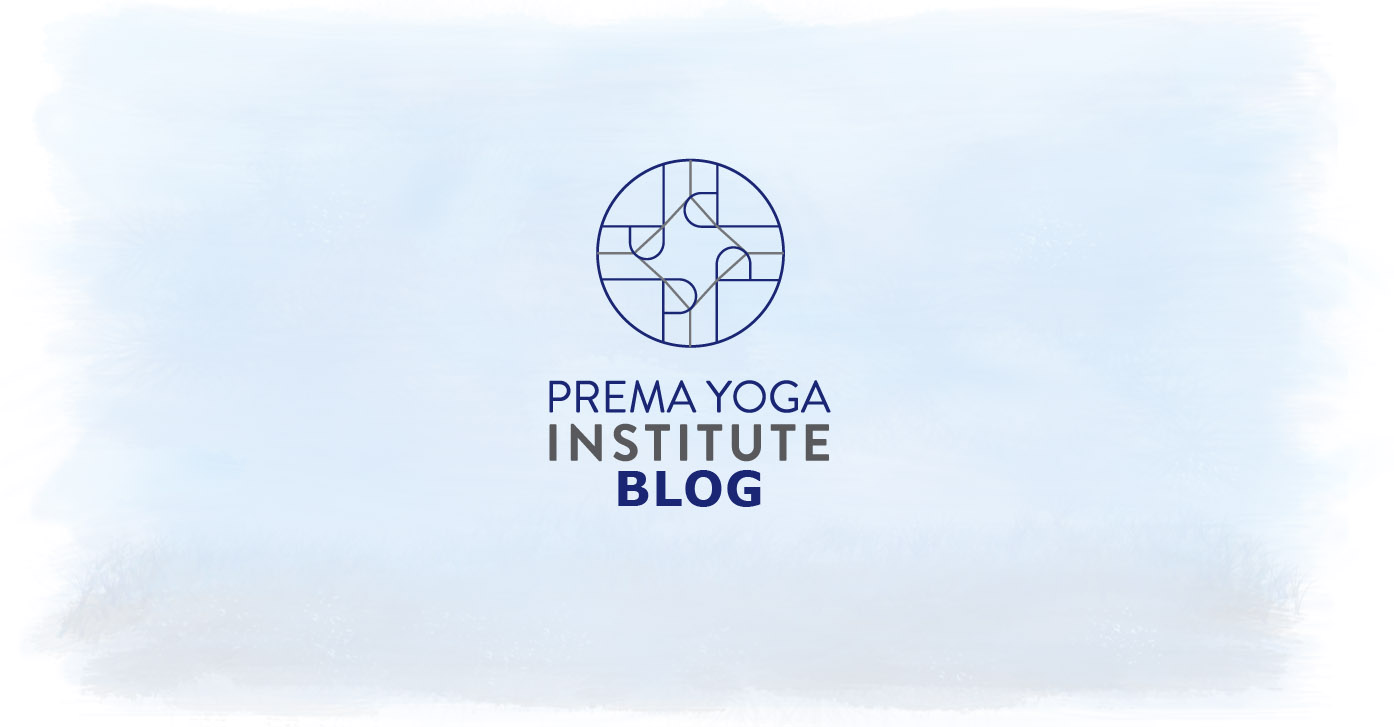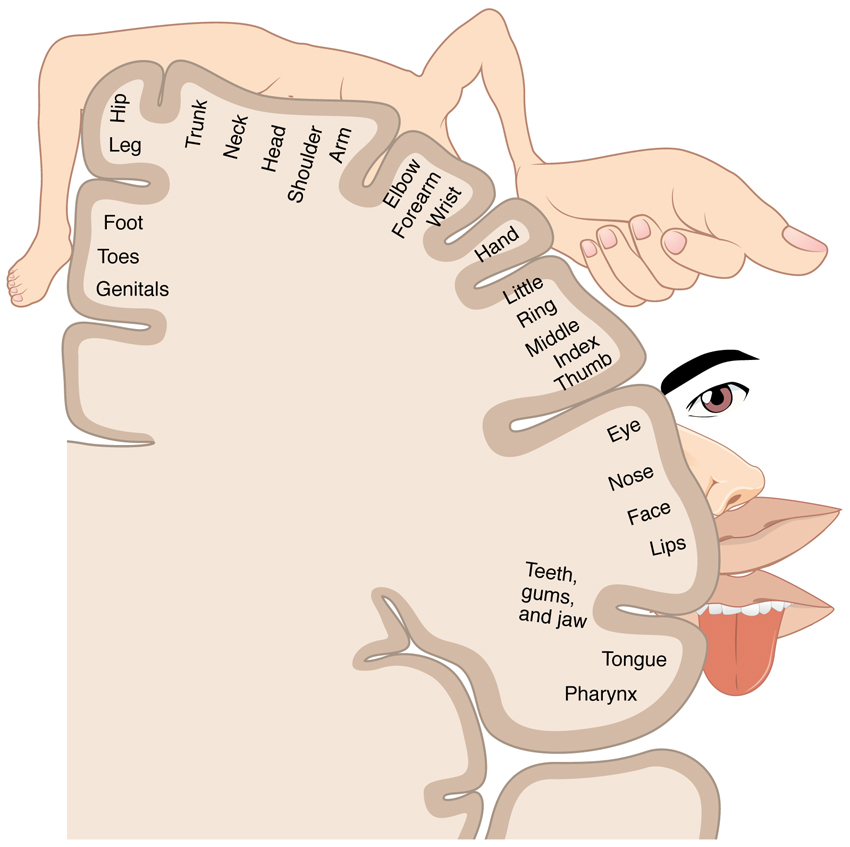
Yoga Nidra
Yoga nidra is not what you think. It was created by Swami Satyananda Saraswati in the 1960s as a result of his being able to remember chants that he did not recall being exposed to. It turns out that he was exposed to them while he slept and young boys chanted them at a monastery in India where he was stationed. Ancient yogis, indeed Patanjali in the Yoga Sutras (1:38) make mention of reaching samadhi through contact with sleep and dreams. This is one piece of yoga nidra, which is often referred to as yogic sleep.
Yoga nidra is not what you think. It was created by Swami Satyananda Saraswati in the 1960s as a result of his being able to remember chants that he did not recall being exposed to. It turns out that he was exposed to them while he slept and young boys chanted them at a monastery in India where he was stationed. Ancient yogis, indeed Patanjali in the Yoga Sutras (1:38) make mention of reaching samadhi through contact with sleep and dreams. This is one piece of yoga nidra, which is often referred to as yogic sleep.
Swami Satyananda Saraswati realized that sleep was not a state of total unconsciousness. “When one is asleep, there remains a state of potentiality, a form of awareness that is awake and fully alert to the outer situations. I found by training the mind, it is possible to utilize this state.” ( p. 3) In the yogic view of consciousness, humans primarily focus on the aspects of our experience and therefore brain that involve the ego. However, there are other states of awareness - the subconscious and unconscious mind - that are not organized through the ego, yet are part of us and our experience. Most people do not have awareness of, access to, or skills to work with this part of themselves. Yoga nidra is a system for working with all parts of our consciousness.
Yoga nidra is a method of pratyahara (p.29), the fifth of Patanjali’s eight limbs of yoga, withdrawal of the senses. Yoga nidra is done in savasana, with the eyes closed. It is important to have a teacher speaking the instructions to you or for you to be listening to the instructions via a recording. Yoga nidra requires the relaxation of the thinking mind. You can not think through the sequences yourself. You must listen to them. The first instruction is to focus your attention on external sounds, which in effect withdraws the other senses. The instruction is to move your attention from sound to sound with a witnessing attitude - do not analyze or think -- just witness the sounds. Soon, the mind grows tired of this and you drop into a deeper relaxation.
This is when one of the defining features of the yoga nidra practice takes place: the rotation of consciousness. Nyasa, a trantric practice, taught a very specific and quick rotation of one’s awareness through body parts and with a mantra for each body part. The idea was to instill divine consciousness in each body part as the mantra was chanted. The specific sequence is based on the motor or cortical homunculus, which is the somatotopic organization of the motor cortex in the brain. Each part of the brain is identified with motor or sensory input from a specific part of the body in a specific sequence. [see image] The image is a distorted view of the human body because it shows the order and intensity of the sensory processing that takes place in each space along the motor cortex.
By rotating your consciousness through a sequence which follows the motor cortex homunculus, you heighten your awareness of the body in order to stimulate the brain, which induces physical relaxation as well as clearing the nerve pathways from the brain to the body. Further to the deeper relaxation, a “dissociation of consciousness from the sensory and motor channels of experience occurs.” (p.38) This continues the practice of pratyahara, withdrawing the senses. The body is relaxed, the senses withdrawn. The key here is to remain aware -- not to drift into sleep, but to become deeply relaxed, with the senses withdrawn and completely conscious of your experience. This is where the mind training comes in. “When the mind dissociates itself from all the sensory channels, it becomes very powerful, but then it needs training. Unless involuntary systems of the brain have been trained, there is practically no difference between yoga nidra and sleep.” (p. 30)
From here, yoga nidra directs you to become aware of your breath, again another practice intended to bring you into a deeper state of relaxation. Then the practice instructs you to feel your body in contact with the ground and to feel it being very heavy. Yoga nidra always starts with heaviness, instructing you to feel the experience of heaviness and then feel its opposite, lightness. The practice flows through several sensory opposites and then turns to emotional opposites (love-hate; sadness-joy, etc). The instruction is to experience these opposites, one, then the other, then both at the same time - not to think about them, but to experience them. This is a kind of mind training, creating new neural pathways that allow you to hold the experience of opposites together witnessing that they can exist not as one or the other but both at the same time. This is referred to as training in the “transcendence of duality” (p. 42) which develops a mature personality, balanced outlook, and calm demeanor.
Then yoga nidra instructs you to experience a series of images, named by the teacher. The images are usually symbols of universal archetypes. “Words and concepts are the language of the conscious ‘intellectual’ mind. The subconscious mind has a language of its own based on symbols, colours, and sounds.” (p. 25) While learning yoga nidra, one often finds that when images are suggested by the teacher, other distracting images come up. These are from the unconscious, the ego and “they are often the root cause of tension.” (p. 46) By viewing this image in a detached way “as though one were merely watching a movie” the ego will become inactive during the practice and will no longer identify with the attachments, aversions, and inhibitions that produced the secondary images. This is a kind of purging which releases tension.
The primary purpose of yoga nidra is to release tension. Everything we do or don’t do outside our practice creates some kind of tension - mental, muscular, or emotional tension. We often think that relaxing is reclining in a chair or couch with some kind of drug -- coffee, tea, alcohol, nicotine, food -- and watching a screen or reading something. From the yogic perspective, this is merely sensory diversion (that creates more layers of tension) and not relaxation. “For absolute relaxation you must remain aware.” (p.1) Much of our suffering is caused by stress and stress related diseases because we have had no method and no training in real relaxation. Yoga nidra is the method for real relaxation. The final suggested image in the practice is one that induces the experience of calmness and peace.
There is one other critical component to the practice of yoga nidra and that is the resolve (sankalpa in Sanskrit). The resolve is made entirely by you and you bring it to mind at the beginning, right after the initial relaxation by focusing on external sounds, and then again after the final image. The resolve is a short statement which is impressed into the subconscious mind when it is receptive, when you are relaxed and have started to withdraw your senses. The resolve is like a seed that you plant at the beginning of practice and the practice is watering that seed. Statements such as, “I am transformed” or “ I am successful in everything I do” are good examples of the brevity and directness of one’s resolve. The resolve is always present tense.
Like preparing the garden, you must be prepared, receptive in order for your seed or resolve to grow and actualize. The practice of yoga nidra makes you receptive by withdrawing the senses, developing a witnessing attitude, opening the whole mind - subconscious and unconscious, while remaining clear, alert, and aware. “The science of yoga nidra is based on the receptivity of consciousness. When consciousness is operating with the intellect and all the senses, we think we are awake and aware, but the mind is less receptive and more critical.” (p. 29)
True and deep relaxation has the potential to be transformative both in terms of the restorations that can occur and also through the use of specific resolves when the body and mind are at their most receptive. A yoga nidra session lasts between 20 and 40 minutes and can build a foundation of resilience within you.
Resources
The quotes in this blog are from Swami Satyananda Saraswati’s book Yoga Nidra published by Yoga Publications Trust, Bihar India. 2001-2012.
Richard Miller, PhD.’s book Yoga Nidra is another good resource. It also has audio recordings of yoga nidra practices.
Image credit: By OpenStax College - Anatomy & Physiology, Connexions Web site. http://cnx.org/content/col11496/1.6/, Jun 19, 2013., CC BY 3.0, https://commons.wikimedia.org/w/index.php?curid=30148008
——————————————————————————————————-
Deb McDermott is a first-year student in Yoga Therapy at Prema Yoga Institute. She has been a Yoga teacher for 20 years and recently completed a 40-hour training on Trauma Center Trauma Sensitive Yoga (TCTSY) with David Emerson and Jenn Turner.



